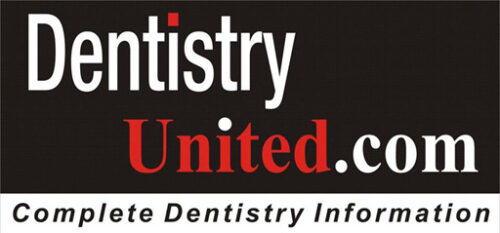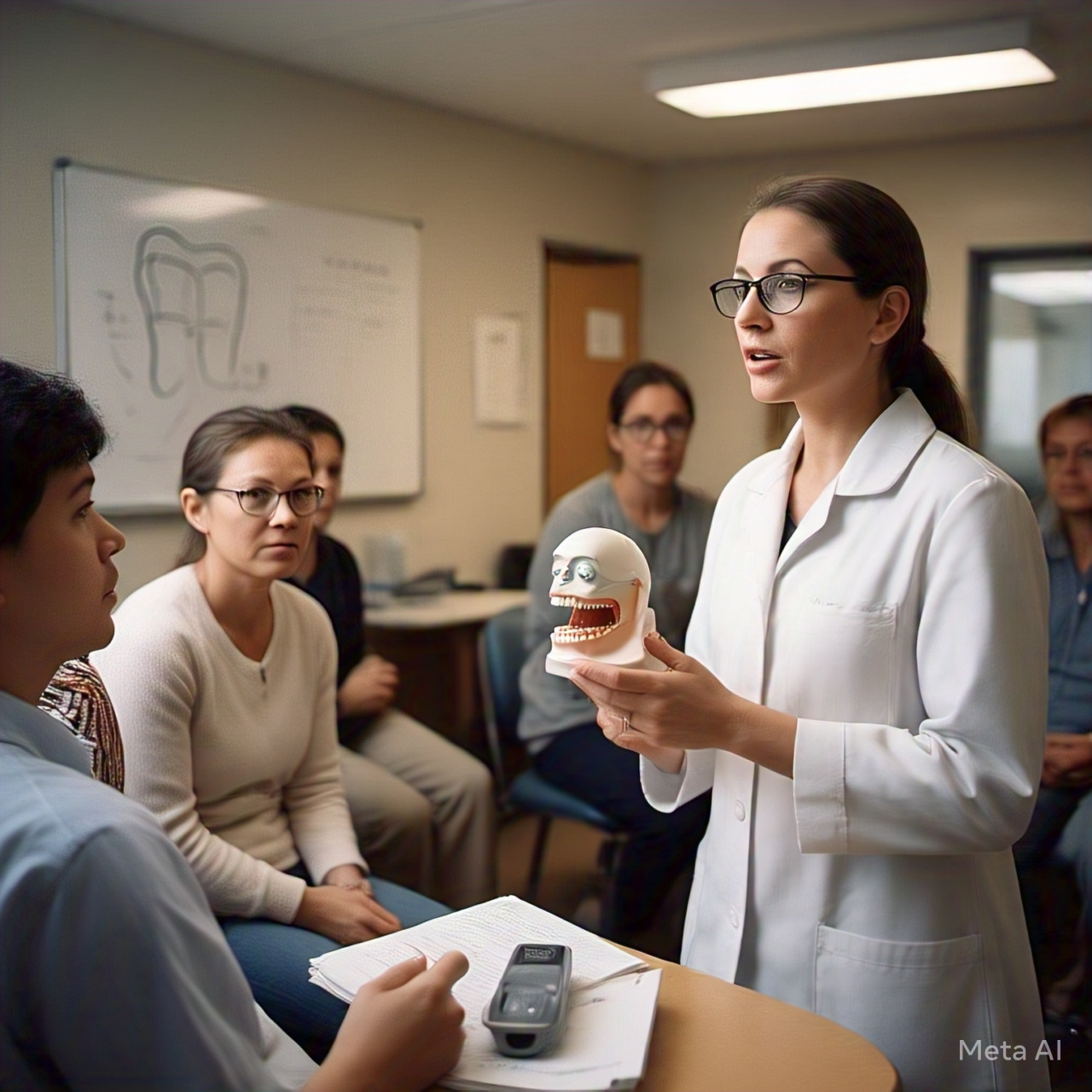In recent years, fluoride—a cornerstone of preventive dentistry—has sparked debates among parents. While dental professionals advocate for its proven benefits in cavity prevention, a growing number of parents question its safety, influenced by social media trends, alternative health movements, and high-profile endorsements of fluoride-free living. This skepticism places dentists in a delicate position, requiring them to bridge the gap between scientific evidence and parental apprehension.
Fluoride: The Science Behind the Mineral
Fluoride is a naturally occurring mineral found in water, soil, and certain foods. In dentistry, it strengthens enamel and prevents demineralization. During cariogenic challenges, acids from bacterial metabolism leach calcium and phosphate from enamel, increasing vulnerability to decay. Fluoride, applied topically through varnishes, gels, or toothpaste, promotes remineralization by forming fluorapatite, which is significantly more acid-resistant than hydroxyapatite.
Community water fluoridation (CWF), endorsed by organizations such as the American Dental Association (ADA) and the Centers for Disease Control and Prevention (CDC), has been shown to reduce dental caries by approximately 25% in children and adults. Despite strong scientific backing, fluoride opposition has grown due to misinformation and concerns about potential toxicity.
Dr. Hajeera’s School Visit: Addressing Fluoride Concerns
During an oral health awareness session at her children’s school, Dr. Hajeera Banu encountered skeptical parents—some staunchly anti-fluoride, others simply unsure. She knew she had to balance scientific accuracy with empathy.
She started with a relatable analogy:
“Think of your enamel as a shield. Every time your child eats sugary or starchy foods, bacteria in their mouth release acid, creating tiny holes in this shield. Fluoride acts like armor, repairing these weak spots and making the shield stronger. Without it, the enamel weakens, increasing the risk of cavities.”
To simplify the science, she explained that fluoride replaces hydroxyl ions in hydroxyapatite, forming fluorapatite—a crystal that is significantly more resistant to acid attacks. She reassured parents that dental fluorosis, a cosmetic condition from excessive fluoride intake during tooth development, only occurs in cases of overexposure, not from professional treatments or fluoridated water.
When asked about alternatives like hydroxyapatite toothpaste, Dr. Hajeera acknowledged its growing popularity:
“Hydroxyapatite shows promise for remineralization, but it lacks the extensive clinical evidence that fluoride has accumulated over decades. While it may be a useful adjunct, it cannot yet replace fluoride in caries prevention protocols.”
The Evidence-Based Case for Fluoride
To reinforce her point, Dr. Hajeera presented key data:
- Water Fluoridation: Systematic reviews show a 25% reduction in caries prevalence in fluoridated communities compared to non-fluoridated areas.
- Professional Topical Applications: Fluoride varnish reduces caries incidence by 37% in primary teeth and 43% in permanent teeth.
- Safety Profile: According to the ADA, appropriately dosed fluoride treatments are safe and effective, with adverse effects occurring only in cases of chronic overexposure.
Navigating Parental Concerns with Empathy
While Dr. Hajeera stood by the scientific consensus, she also emphasized informed consent and parental choice. She reassured parents:
“We understand your concerns. Our goal is not to impose treatments but to offer evidence-based guidance. If you prefer to avoid fluoride, we can discuss alternative preventive measures, but it’s important to know that fluoride remains the gold standard for cavity prevention.”
Key Takeaways for Dentists
As more parents seek holistic or fluoride-free dental care, dentists should:
- Educate with Clarity: Use simple analogies to explain fluoride’s benefits.
- Acknowledge Parental Concerns: Listen without judgment and offer alternatives while presenting evidence-based recommendations.
- Stay Informed: Keep up with emerging alternatives like hydroxyapatite, but maintain a firm grasp on fluoride’s extensive scientific support.
Conclusion
Dr. Hajeera’s school visit highlights the importance of effective communication in addressing fluoride skepticism. As dental professionals, we must advocate for proven preventive measures while respecting patient autonomy. By combining evidence-based knowledge with compassionate dialogue, we can empower parents to make informed decisions about their children’s oral health.
About the Author
Dr. Hajeera Banu is a skilled dentist who graduated from RGUHS in 2014 and has since built a successful career in the field. With a strong focus on implants, restorative dentistry, and aligners, she has honed her expertise to offer her patients the highest level of care. Based in Mysore, India, Dr. Banu runs her own private practice, where she combines advanced dental techniques with a patient-centered approach.
Her passion for dentistry extends beyond her practice; she stays up-to-date with the latest advancements in the field to ensure she delivers the best outcomes. Outside of her professional life, Dr. Banu enjoys blogging, where she shares insights and experiences from her dental journey, as well as her love for cooking and traveling. These interests help to balance her dynamic lifestyle, and she continues to seek personal and professional growth in all aspects of her life.

